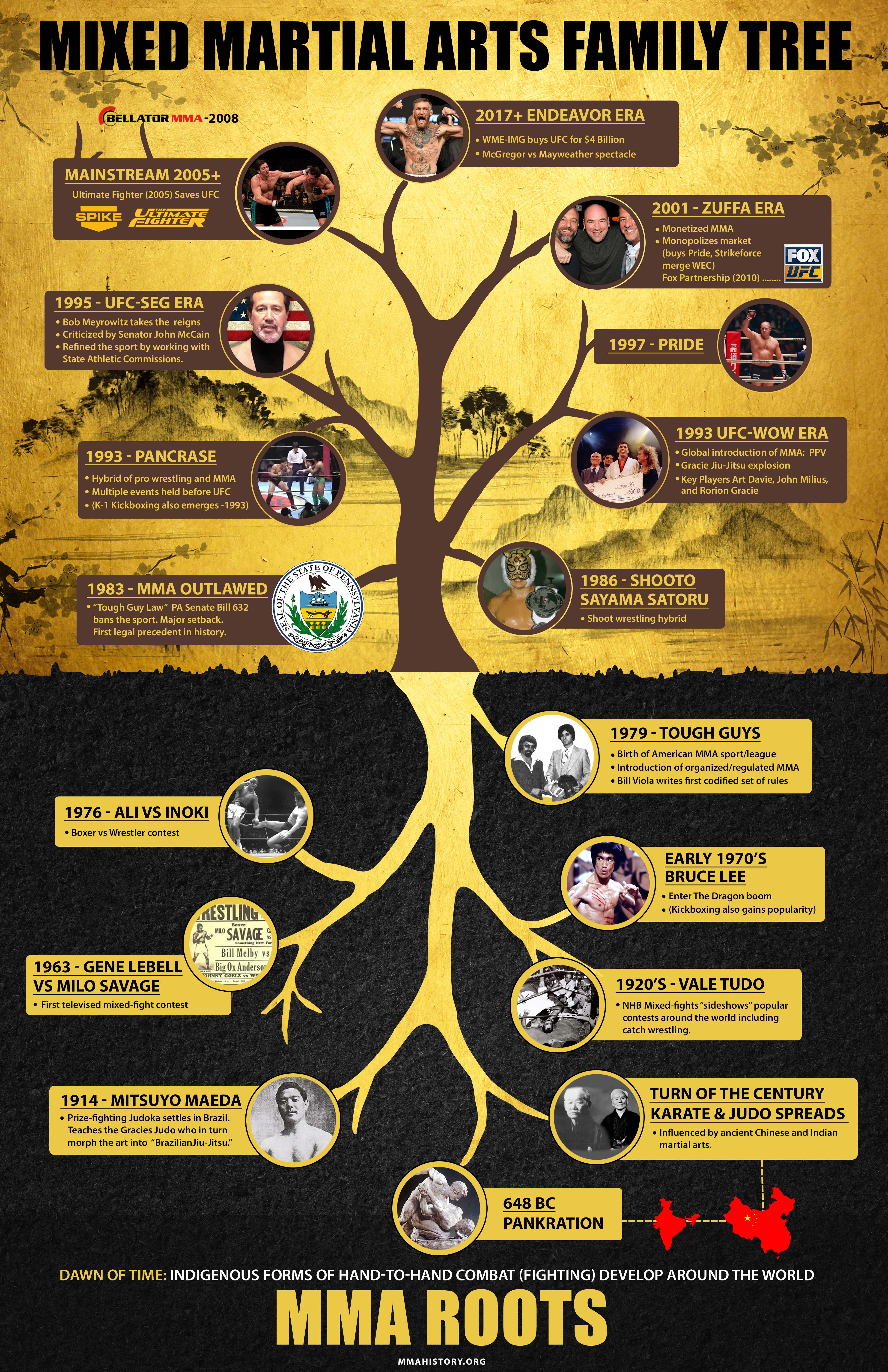The Background And Evolution Of Martial Arts Around The World
The Background And Evolution Of Martial Arts Around The World
Blog Article
Authored By-Egeberg Workman
Martial arts have an interesting history that spans centuries and continents. You might discover it interesting how ancient techniques like Shuai Jiao and Kalaripayattu prepared for modern combat strategies. These techniques not only stress physical skills yet also show the societies that birthed them. As you discover their evolution, think about how globalization has transformed these traditional forms into crossbreed styles. What impacts do you believe have shaped today's martial arts landscape?
Ancient Martial arts: The Structures of Fight
As you look into the world of ancient martial arts, you'll uncover the abundant structures that formed battle methods throughout cultures. Very early methods concentrated on Self-Defense and survival, commonly incorporating strikes, grappling, and weapons.
In old China, for instance, strategies like Shuai Jiao stressed tosses and joint locks, while India's Kalaripayattu showcased agility and fluid motion. Japanese samurai created Kenjutsu, a refined swordsmanship that highlighted technique and strategy.
These martial arts offered not just for battle however likewise as a way of personal development, instilling values like respect and willpower. The mixing of these strategies with time prepared for the diverse martial arts you see today, each reflecting the unique approaches and needs of its society.
The Social Impact on Martial Arts Growth
While martial arts usually reflect the functional needs of a culture, they also embody the cultural worths and ideas of their origins. When best martial art for autism discover different martial arts, you'll notice how they're influenced by faith, viewpoint, and social norms.
For example, the emphasis on regard and technique in Japanese martial arts stems from Zen Buddhism and samurai society. On the other hand, Brazilian Jiu-Jitsu promotes adaptability and approach, formed by the requirement for efficiency in a varied, multicultural setting.
You may discover that the routines, uniforms, and training methods mirror a neighborhood's background and identity. By recognizing these social influences, you strengthen your admiration of martial arts and their role in shaping human experiences around the world.
Modern Adaptations and the Globalization of Martial arts
Martial arts have actually changed substantially in recent decades, adjusting to modern culture and global influences. You'll see that traditional forms have combined with contemporary techniques, creating hybrid styles like MMA. These adjustments deal with varied target markets, making martial arts accessible and appealing around the world.
With the surge of social media and electronic systems, you can discover tutorials and competitors from all edges of the world, breaking geographical obstacles. This globalization has actually caused a common recognition for different disciplines, from Brazilian Jiu-Jitsu to Taekwondo.
As you involve with these arts, you'll realize they're not just about battle; they promote fitness, self-control, and mental well-being.
Eventually, contemporary adaptations have actually enriched the martial arts landscape, making it a dynamic and advancing practice.
Conclusion
In discovering the history and development of martial arts, you discover a fascinating mix of methods, societies, and approaches. From ancient disciplines like Shuai Jiao and Kalaripayattu to the modern-day versatility seen in MMA, martial arts show mankind's mission for Self-Defense and personal development. As https://www.kansas.com/news/business/biz-columns-blogs/carrie-rengers/article276652711.html involve with these practices, you not just gain abilities but additionally a much deeper gratitude for the varied customs that form our world today. So, continue your journey and embrace the art of fight!
